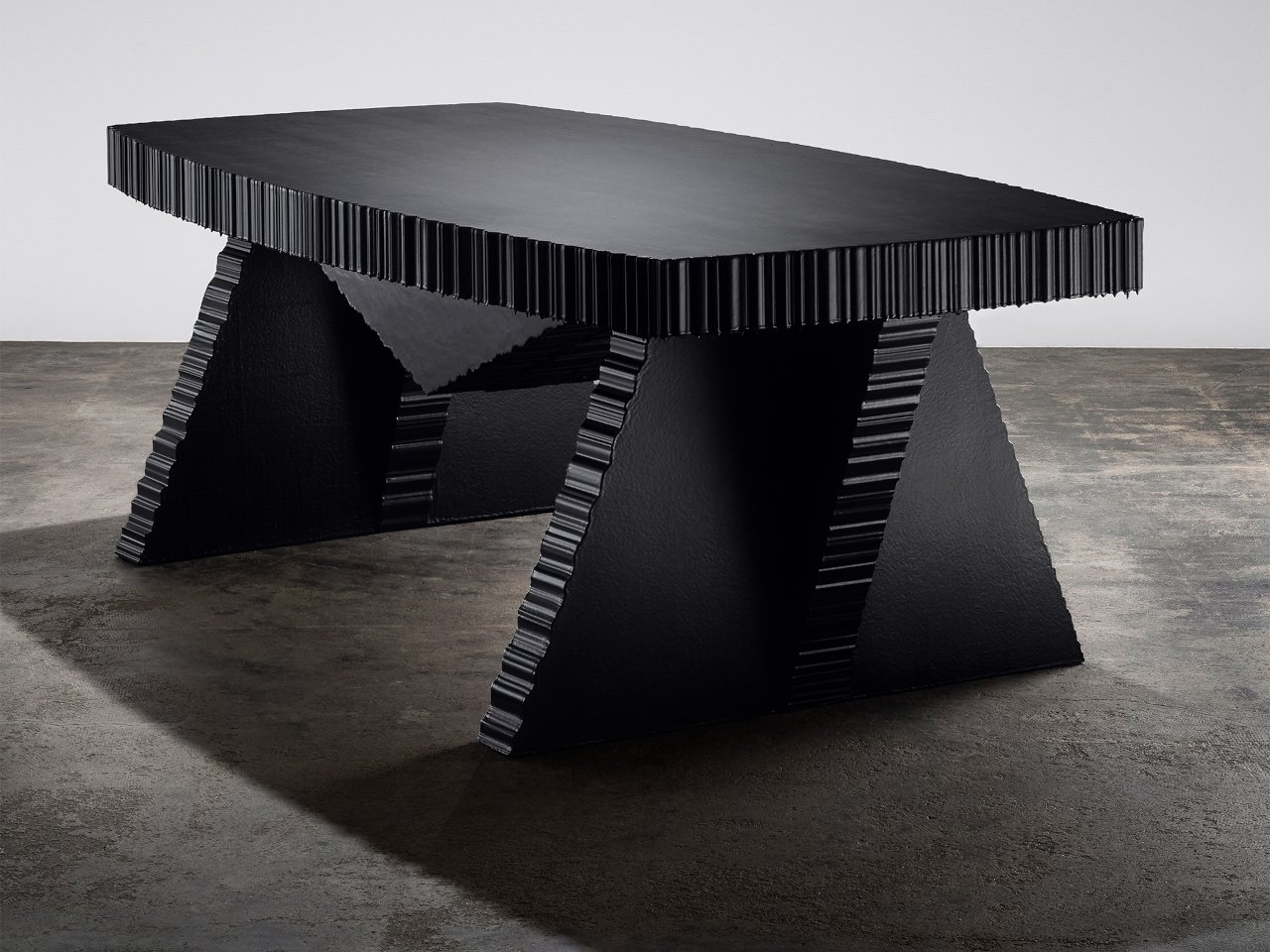Sculptural tables are capturing the imagination of designers and homeowners who crave something beyond ordinary furniture. These pieces blur the boundaries between art and utility, transforming everyday surfaces into conversation starters that anchor entire rooms. As our living spaces become more expressive and personal, the demand for furniture that tells a story has never been stronger.
The appeal lies in their ability to challenge conventions while serving practical needs. Unlike traditional tables that prioritize function over form, sculptural pieces make bold statements about taste, creativity, and the evolving relationship between objects and their environments. They represent a shift toward more thoughtful, intentional design choices that reflect individual personality rather than mass-market trends.
Designer: Yuta Takahashi
A sculptural table transcends its basic purpose as a surface for daily tasks. These pieces feature unexpected forms, dramatic silhouettes, and craftsmanship that demand attention. The magic happens when utility meets artistry, creating objects that feel both familiar and surprising. Their presence transforms ordinary rooms into curated spaces where every element contributes to a larger aesthetic vision.
Contemporary sculptural tables often embrace unconventional materials and construction methods. Designers experiment with everything from reclaimed wood to high-tech composites, pushing boundaries of what furniture can be. The result is pieces that challenge preconceptions about durability, luxury, and appropriate materials for home environments. Each table becomes a testament to creative problem-solving and artistic vision.
Yuta Takahashi’s VNTA Table exemplifies this innovative approach through its daring use of polystyrene foam and fiber-reinforced resin. The gently rounded top offers tactile appeal while sharp-angled legs provide visual tension and structural stability. This juxtaposition of soft curves and hard edges creates dynamic energy that draws the eye and invites closer inspection of its crafted details.
The table’s surface reveals subtle hand-sculpted irregularities that contrast beautifully with its polished finish. Takahashi transforms what many consider disposable material into something precious and permanent. The VNTA Table challenges assumptions about value and craftsmanship, proving that innovation often comes from unexpected sources and unconventional thinking about familiar materials.
Modern designers increasingly embrace materials that offer new possibilities for form, texture, and environmental responsibility. Polystyrene foam, when properly engineered and finished, can rival traditional materials in strength while reducing waste. This trend reflects broader movements toward sustainability and creative risk-taking that resonate with environmentally conscious consumers seeking unique, responsible design solutions.
The key to successful styling lies in letting the table’s artistry speak for itself. Rather than overwhelming the space with multiple statement pieces, sculptural tables serve as foundations for personal expression. They invite thoughtful curation of surrounding elements, creating layered environments that feel both sophisticated and authentic to their owners’ aesthetic sensibilities.
Sculptural tables like the VNTA Table represent furniture’s evolution from purely functional objects to artistic statements. They invite us to reconsider what our living spaces can become when we choose pieces that inspire rather than simply serve basic needs.
The post VNTA Table by Yuta Takahashi Turns Styrofoam Into Sculptural Art Furniture first appeared on Yanko Design.

